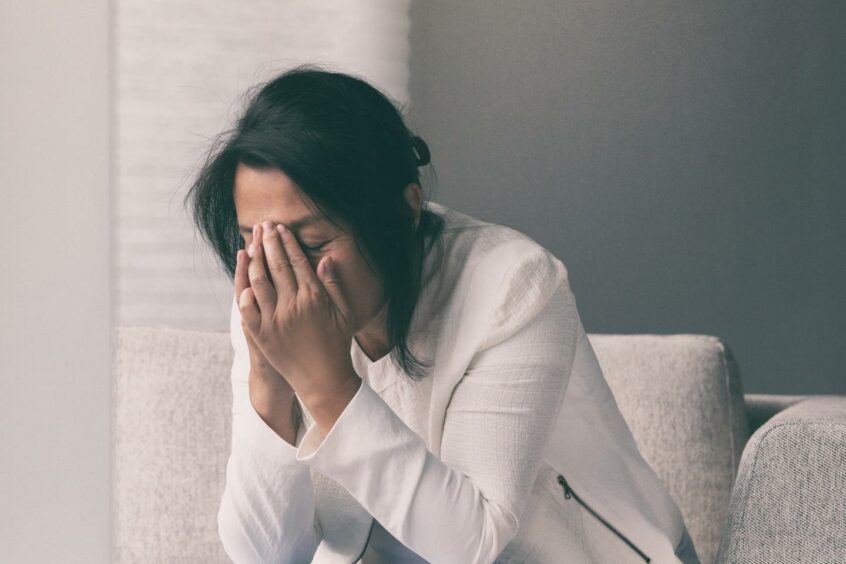With the clocks going back last weekend, it’s now getting darker earlier and you may find it harder to get out in the sunlight.
For some, this time of year can trigger Seasonal Affective Disorder (SAD), or “winter depression”.
Symptoms can include:
- A persistent low mood
- Loss of pleasure or interest in normal everyday activities
- Irritability
- Feelings of despair, guilt and worthlessness
- Lacking in energy and feeling sleepy during the day
- Sleeping for longer than normal and finding it hard to get up in the morning
We spoke to local counselling psychologist, Dr Gail Wilson from GW Psychology in Carnoustie and Tay Psychology in Dundee and Monifieth about the best ways to tackle SAD this winter.
What is SAD and why do people develop it?
Gail explains: “The causes of SAD are not fully understood, however a main theory is people can be affected by reduced exposure to light in winter months.
“This is thought to be because lower levels of light can increase the volume of a hormone called melatonin being produced, which can cause us to feel more lethargic.
“When people feel more lethargic they can stop doing the things that help them stay well.”
What are some of the top things people can do to prevent SAD?
Gail continues: “Taking a note of patterns in your mood can help you to be aware of what may be affecting you.
“Consider what your mindset is and what your typical thoughts are, as these can impact your mood and behaviours.
“Consider if there are other changes in your life that tend to happen around the season that might be affecting you.
“Once you have a better understanding of yourself and what impacts your mood, you’re in a better position to begin to make changes.
“For some people this may help to prevent a significant change in their wellbeing.”
What are some treatment options available?
“National Institute for Health and Care Excellence (NICE) guidelines recommend a number of options – from self-help, light therapy, medication, and Cognitive Behavioural Therapy (CBT) or counselling.
“Speak to your GP about your experiences and they may be able to make some suggestions.”
Is there anything people can do if they suspect someone is experiencing SAD?
“Check-in with the person who is perhaps not themselves during this season.
“You might ask how things are for them right now and how they’re feeling about the new season to start a conversation.
“They might not want to talk, but they’ll hopefully have taken something from noticing you’ve cared to ask.
“If you think it might be hard for them to talk to you for any reason (sometimes it’s just hard to talk to those who know us) and you’re still concerned, you might let them know about talking lines such as Breathing Space.
“An employer may want to make allowances for their employees to have greater choice about break times, to allow someone to ensure they go outside in daylight each day.”
What is your top piece for advice for someone who is experiencing SAD?
“If your motivation to do things changes seasonally, don’t wait for it to come back.
“Figure out what you can do to maintain some of your important routines in a different way.
“You’re allowed to change your boundaries with others to get through a difficult time. Try to be upfront about it with others so they understand.
“Maybe your exercise routine can change to a short brisk walk in the morning or at lunch time rather than the gym after work.
“Reduce the pressure on yourself to maintain everything as it has been and be kind to yourself when your energy levels and mood change.
“Ask yourself what the flipside of the coin is. Is there anything you’re grateful for – no matter how small?
“Perhaps try to journal these things daily as a reminder things can be better and this season will pass.”





